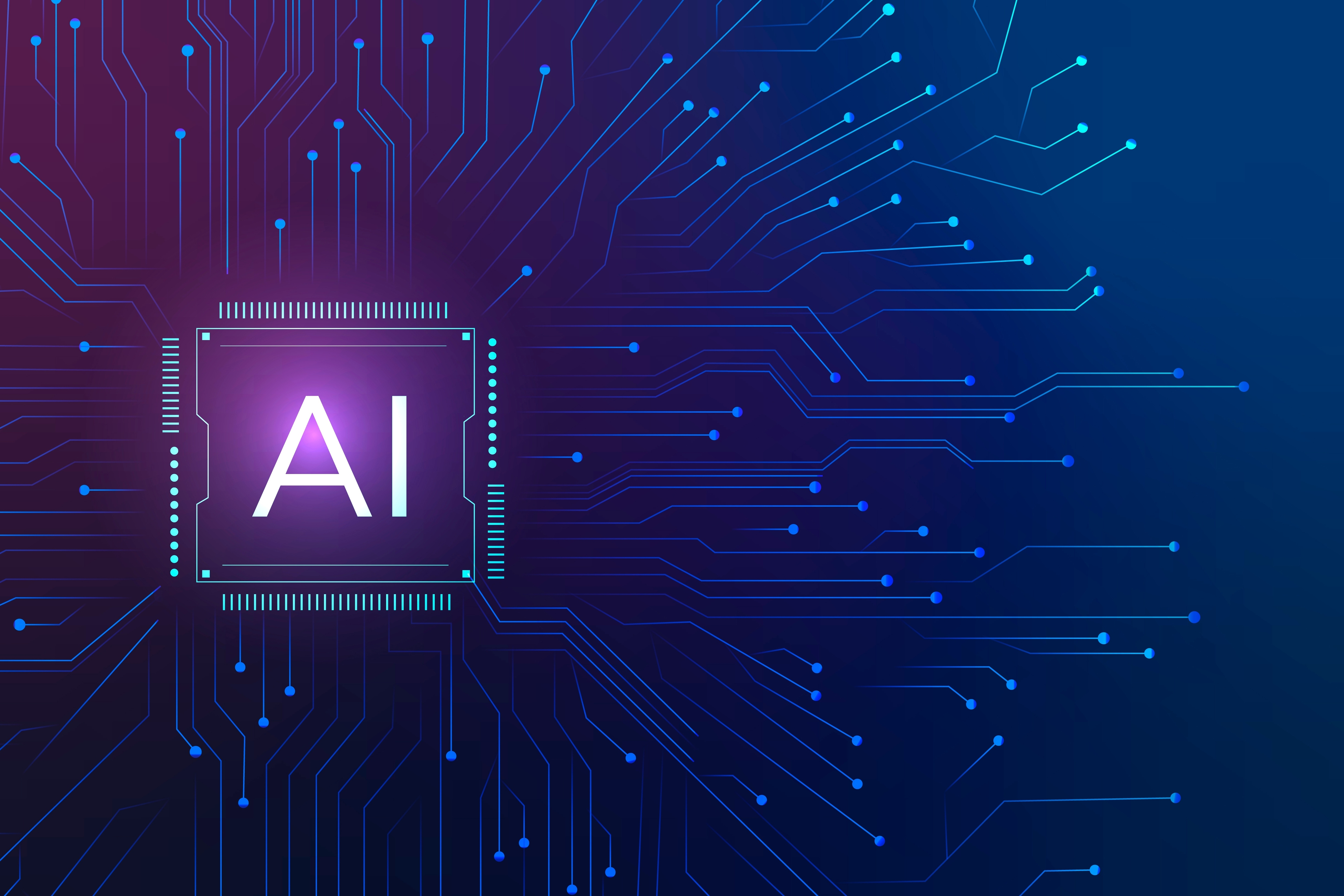AI-powered customer service bots are increasingly being used by companies to provide efficient and cost-effective support to their customers. These bots leverage artificial intelligence technologies such as natural language processing (NLP), machine learning (ML), and automation to handle a wide range of customer interactions. Here’s an overview of how AI-powered customer service bots work, their benefits, challenges, and best practices for implementation.
How AI-Powered Customer Service Bots Work
- Natural Language Processing (NLP):
Understanding User Queries: NLP enables bots to understand and interpret customer inquiries in natural language, identifying key intents and entities.
Sentiment Analysis: Bots can analyze the sentiment of customer messages to tailor responses based on the detected mood or tone.
- Machine Learning (ML):
Continuous Improvement: ML algorithms allow bots to learn from previous interactions and improve their responses over time.
Pattern Recognition: Bots use ML to recognize patterns in customer inquiries, enabling them to provide more accurate solutions.
- Automation:
Handling Repetitive Tasks: Bots can automate routine tasks such as answering frequently asked questions, booking appointments, and processing simple transactions.
Workflow Automation: Bots can trigger workflows for more complex issues, such as escalating to human agents when needed.
Benefits of AI-Powered Customer Service Bots
- 24/7 Availability:
Bots provide round-the-clock support, ensuring customers can get assistance anytime without waiting for business hours.
- Cost Efficiency:
Reducing the need for a large team of human agents can significantly cut costs while maintaining service quality.
- Scalability:
Bots can handle thousands of interactions simultaneously, making them highly scalable for businesses experiencing high volumes of customer inquiries.
- Consistency:
Bots provide consistent responses, ensuring that customers receive accurate information regardless of the time or channel.
- Data Collection and Insights:
Bots can gather valuable data on customer behavior and preferences, which can be used to improve products and services.
Challenges of AI-Powered Customer Service Bots
Understanding Complex Queries:
Bots may struggle with understanding complex, ambiguous, or context-dependent queries, leading to incorrect responses.
Lack of Personalization:
While bots can handle simple tasks, they may lack the personal touch and empathy that human agents provide.
Integration Issues:
Integrating bots with existing systems and workflows can be challenging and may require significant technical effort.
Security and Privacy Concerns:
Handling sensitive customer data requires robust security measures to prevent data breaches and ensure compliance with regulations.
Best Practices for Implementing AI-Powered Customer Service Bots
Define Clear Objectives:
Clearly define the goals of the bot, such as reducing response times, improving customer satisfaction, or automating specific tasks.
Start Small and Scale:
Begin with a pilot project focusing on specific tasks or departments, then gradually scale the bot’s capabilities and scope.
Ensure Seamless Handoff:
Implement a smooth transition process for complex queries that require human intervention, ensuring customers receive timely assistance.
Continuously Train and Improve:
Regularly update the bot’s knowledge base and train it on new data to improve its performance and adapt to changing customer needs.
Gather and Analyze Feedback:
Collect feedback from customers and agents to identify areas for improvement and make necessary adjustments to the bot.
Prioritize Security:
Implement strong security measures to protect customer data and comply with privacy regulations such as GDPR or CCPA.
Examples of AI-Powered Customer Service Bots
Chatbots:
Deployed on websites, messaging apps, and social media platforms, chatbots handle customer queries, provide product information, and assist with purchases.
Voice Assistants:
Voice-based bots, like those integrated with smart speakers, can assist customers with tasks such as checking order status or booking appointments.
Email Automation:
Bots can automate responses to common email inquiries, categorizing and prioritizing messages for human agents when necessary.
Future Trends in AI-Powered Customer Service
Increased Personalization:
Advances in AI will enable bots to provide more personalized experiences, tailoring responses based on individual customer preferences and history.
Improved Emotional Intelligence:
Bots will become better at detecting and responding to emotional cues, providing empathetic and supportive interactions.
Omnichannel Support:
Bots will offer seamless support across multiple channels, ensuring a consistent experience regardless of the platform.
Proactive Customer Service:
AI will enable bots to anticipate customer needs and offer proactive assistance, enhancing customer satisfaction and loyalty.
AI-powered customer service bots have become an integral part of modern customer service strategies, offering numerous benefits while presenting unique challenges. By carefully planning and implementing these bots, companies can enhance their customer service operations, improve customer satisfaction, and drive business growth.


